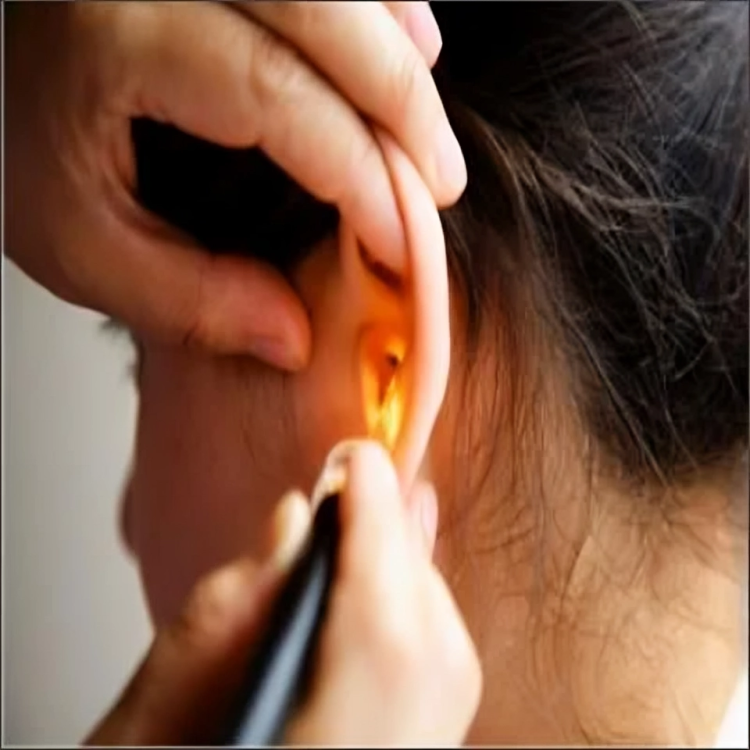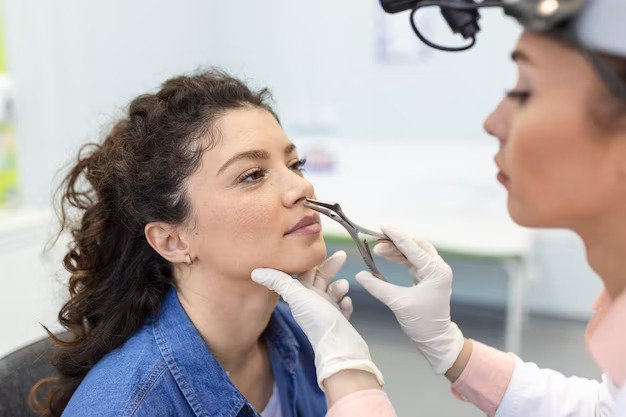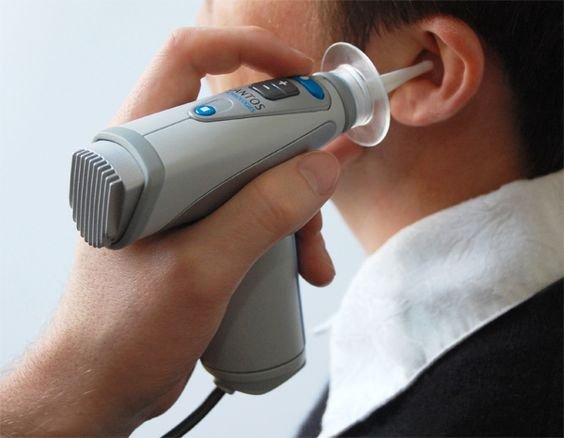Enhancing Pediatric ENT Care: A Multidisciplinary Approach for Optimal Outcomes through Collaboration.
Pediatric Ear, Nose, and Throat (ENT) conditions pose unique challenges, often requiring a comprehensive and collaborative approach to achieve the best outcomes for young patients. In recent years, the shift towards a multidisciplinary approach in pediatric ENT care has gained prominence, emphasizing the importance of collaboration among specialists from various fields. This article explores the benefits of collaborative care in pediatric ENT, highlighting how a multidisciplinary approach contributes to better outcomes and improved quality of life for children facing ear, nose, and throat challenges.
To Know More About It Please Click Here
The Significance of Pediatric ENT Conditions
Pediatric ENT conditions encompass a broad spectrum of issues ranging from ear infections and hearing disorders to speech and airway problems. The delicate nature of these conditions necessitates a specialized and coordinated effort to address the diverse needs of young patients.
Benefits of a Multidisciplinary Approach
- Comprehensive Evaluation:
- A multidisciplinary team, including pediatric ENT specialists, audiologists, speech therapists, and other relevant professionals, can provide a thorough evaluation of a child’s condition. This holistic approach ensures that all aspects of the condition are considered, leading to more accurate diagnoses and tailored treatment plans.
- Early Intervention:
- Collaboration allows for early identification and intervention in pediatric ENT issues. Timely assessment and intervention can prevent the progression of conditions, reduce the severity of symptoms, and improve long-term outcomes.
- Customized Treatment Plans:
- With insights from various specialists, a multidisciplinary team can craft individualized treatment plans that address the unique needs of each child. This personalized approach is particularly crucial in pediatric ENT care, where one-size-fits-all solutions may not be effective.
- Enhanced Communication and Coordination:
- Effective communication and coordination among specialists ensure a seamless continuum of care for pediatric patients. Regular consultations and shared insights contribute to a cohesive and well-coordinated treatment strategy.
- Addressing Underlying Causes:
- Some pediatric ENT conditions may have underlying causes related to other medical specialties, such as allergies, respiratory issues, or genetic factors. A multidisciplinary team is better equipped to identify and address these underlying causes, promoting comprehensive and holistic care.
Collaborative Care in Action
- Hearing Loss and Speech Disorders:
- A child with hearing loss may benefit from collaboration between an ENT specialist, audiologist, and speech therapist. This approach ensures a thorough examination of the auditory system, precise diagnosis, and a tailored intervention plan, including hearing aids or speech therapy.
- Airway Issues:
- Children with airway concerns, such as those with congenital abnormalities or breathing difficulties, benefit from collaboration between ENT specialists and pediatric pulmonologists. This multidisciplinary approach addresses both the structural and functional aspects of airway conditions.
- Chronic Ear Infections:
- Children experiencing recurrent ear infections may require collaboration between ENT specialists, infectious disease experts, and immunologists. Identifying and addressing the underlying factors contributing to frequent infections ensures a more effective and sustainable treatment plan.
To Know More About It Please Click Here
Conclusion
The multidisciplinary approach in pediatric ENT care signifies a paradigm shift towards a more holistic and patient-centered model. By harnessing the collective expertise of various specialists, we not only address the immediate concerns of young patients but also lay the foundation for improved long-term outcomes and enhanced quality of life. As collaborative care continues to evolve, pediatric ENT specialists, alongside their multidisciplinary partners, play a vital role in shaping a brighter, healthier future for children facing ear, nose, and throat challenges.








